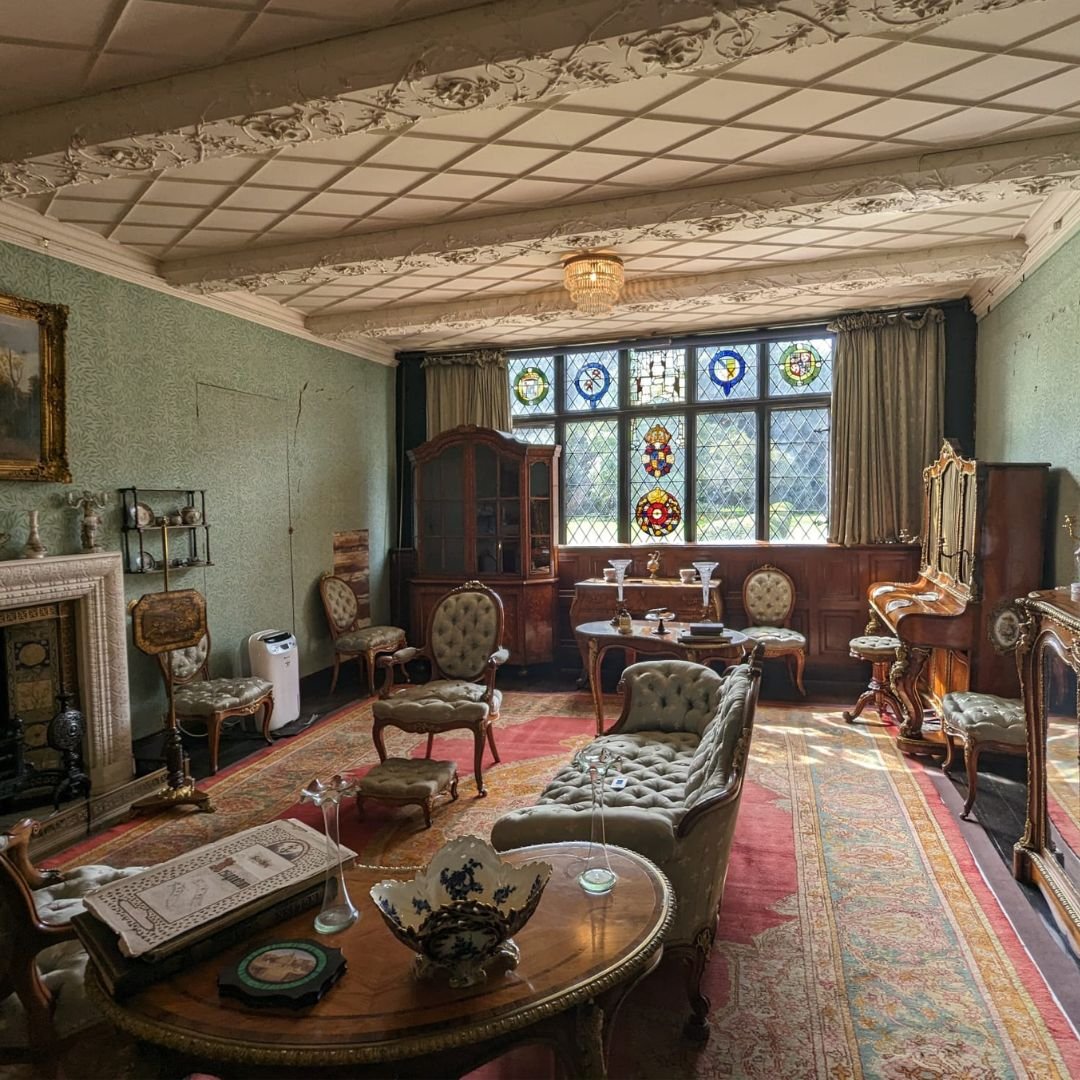Speke Hall, Liverpool: Tudor Manor House
The magnificent Speke Hall is a wood-framed Tudor manor house in Liverpool.
The Grade 1 Listed gem is one of the finest surviving examples of its kind.
It is a unique mixture of Tudor simplicity and Victorian Arts and Crafts' aesthetics.
Construction started in 1530, though earlier buildings had been on the site, parts of which are incorporated into today's structure.
The Great Hall was the first part of the house to be built, in 1530.
Built by the devout Catholic Norris family, eager to impress visitors with the grandeur of their home, Speke Hall embodies more than 400 years of turbulent history.
Its secret priest hole reflects Catholic persecution in the Tudor period.
Whilst much of the Hall’s upkeep was financed first by the Norris family’s, and later by the Watt family’s, longstanding involvement in transatlantic slavery.
From building the world’s largest slave trading port to slave-ownership, investment in slave-trading voyages and shipping of slave-produced goods, these aspects of the owners’ histories are embedded in the Hall’s walls.
During the 18th and 19th centuries, Speke Hall experienced years of neglect and decay, including a spell when it was used as a cow shed.
Finally pulled into the Victorian era of improvement and technology, the Hall was resuscitated with a Gothic revival style.
The Oak Parlour is also our favourite feature highlight.
Above the fireplace, visitors can admire a beautiful overmantel. Made from solid wood in about 1567, craftsmen carved the figures of 3 generations of the Norris family into the piece.
The room also boasts a magnificent plaster ceiling - fifteen panels, each with different embellishments, were installed in 1612.
In the 21st century, Speke Hall and its surrounding estate provide a place to reflect on past and present, and about how the legacies of history remain relevant today.
The Hall is surrounded by restored gardens and protected by a collar of woodland - the gardens date from the 1850s.
In the courtyard of the main building are two ancient yew trees, male and female, called 'Adam' and 'Eve'.
First recorded in correspondence dating to 1712, they are estimated to be at least 500 years old.
The house sits on low, flat ground which slopes gently into the River Mersey.
Originally, the Hall would have had excellent views over the river and into North Wales, and the estate stretched right to the water’s edge.
However, since the aerodrome, and later Liverpool Airport, were built the Hall has been cut off from the coast.
Like many house with a long history, Speke Hall is thought to be haunted - it has previously appeared on the TV series Most Haunted (2009).
The resident ghost is said to be Mary Norris, who inherited Speke Hall in 1791.
Mary Norris married Lord Sidney Beauclerk, who proceeded to gamble away the family fortune.
Today, the Hall has excellent reviews on TripAdvisor.
One recent visitor said: “Speke Hall was truly wonderful. The house was fantastic and I loved the history of it all, especially seeing the priest hole and learning about how it worked.
”I'm a huge fan of Tudor and medieval history and was absolutely fascinated. The staff were friendly and knowledgeable.
”The grounds were gorgeous!! We had a cream tea in the cafe and it was delicious.”
Another person added: “Visited Speke Hall and what amazing place. We started the tour with a Tudor tour which went all around the outskirts of the Hall which lasted 1hr.
”The lady who did the tour (Jean) was dressed in tutor costume and very knowledgeable and also funny.The Hall was magnificent a beautiful house and a lot to see.”
Entry costs just £13, but it is free to all National Trust Members.
The garden, estate, restaurant and play areas are open every day, according to the National Trust website.
The address is: The Walk, Speke, Liverpool, Merseyside, England, L24 1XD.
We’d absolutely recommend a visit if you’re planning a trip to Liverpool.
If you enjoyed this blog post, please follow Exploring GB on Facebook for daily travel content and inspiration.
Don’t forget to check out our latest blog posts below!
Thank you for visiting Exploring GB.




















